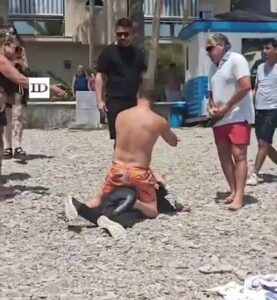Published: | Updated:
Two people have been found dead following the partial collapse of the world’s largest underground mine in Chile, during a search for five trapped workers.
Chile’s state-owned mining company Codelco said on Saturday that human remains had been recovered in the search at El Teniente mine in Rancagua.
The mining company did not identify whose remains had been discovered.
‘We know this news hits the families of our colleagues and our entire mining community hard,’ Andres Music, the mine’s general manager, said in a statement.
‘This discovery fills us with sadness, but it also shows us that we are in the right place, that the strategy we followed led us to them,’ he said, adding that search efforts would continue.
Some 100 people have taken part in search efforts after the mine collapsed on Thursday following a ‘seismic event’.
It was not yet known whether the tremor was natural or caused by drilling. The tremor registered a magnitude of 4.2.
‘It is one of the biggest events, if not the biggest, that the El Teniente deposit has experienced in decades,’ Music said.
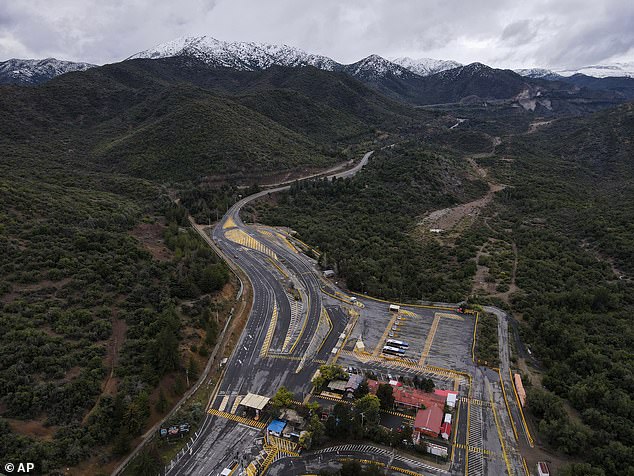
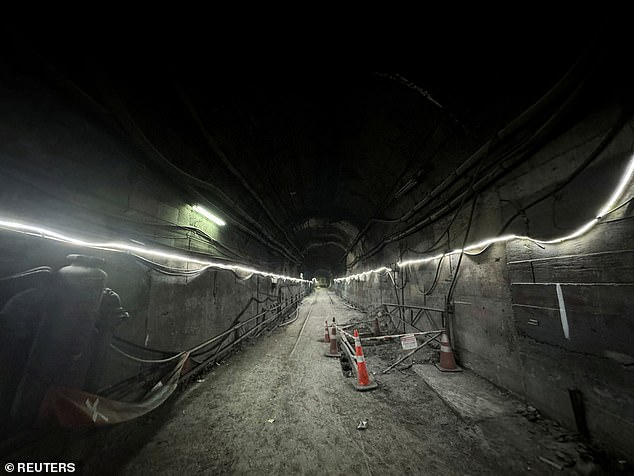
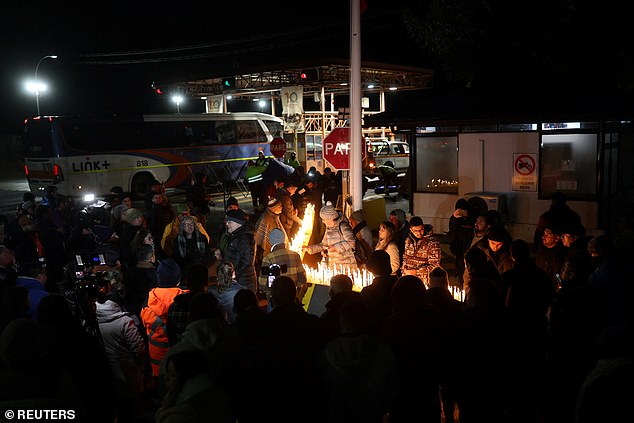
The miners had been working at a depth of more than 900 metres in a bid to extend the mine to 1,200 metres at the time of the incident. The rescue team is still attempting to drill through 90 metres of rock to reach the miners.
‘We will do everything that is humanly possible to rescue the five trapped workers,’ Codelco’s president, Maximo Pacheco, said during a news conference on Friday afternoon.
‘All of our experience, all of our knowledge, all of our energy and all of our strength are dedicated to this cause and to seeing this through,’ he added.
Chile’s president, Gabriel Boric, visited miners’ relatives on Saturday and vowed to ‘complete the search’.
‘Codelco has all the resources, experience and technology to carry out’ the search, he said.
The body of another miner – not one of the five trapped – identified as Paulo Marin Tapia was found on Friday, shortly after the mine’s partial collapse.
The world’s biggest copper supplier has now halted production at the site after the devastating collapse.
El Teniente began operating in the early 1900s and boasts more than 4,500km of underground tunnels.
In 2024, the site produced 356,000 metric tonnes of copper – nearly seven percent of the total for Chile. Codelco delayed reporting its quarterly results, including annual production guidance, on Friday, as it deals with the incident.
Chile’s mining industry is one of the safest on the planet, with a death rate of 0.02 per cent last year, according to the National Geology and Mining Service of Chile.
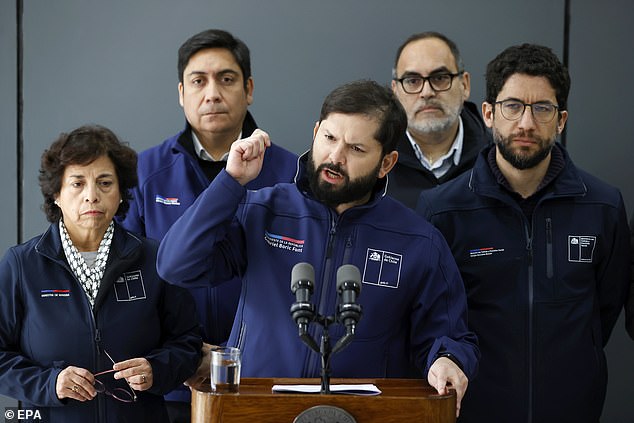
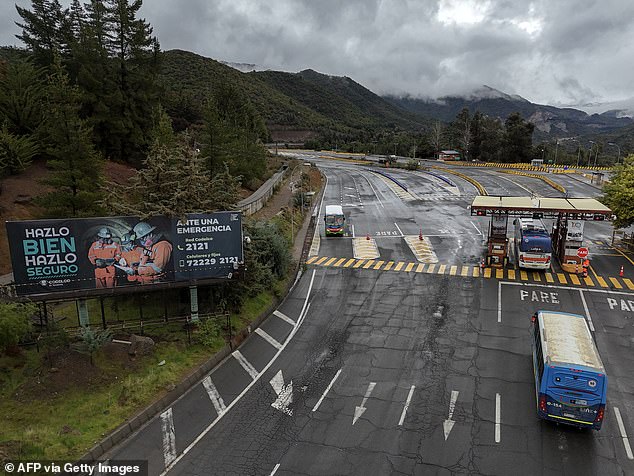
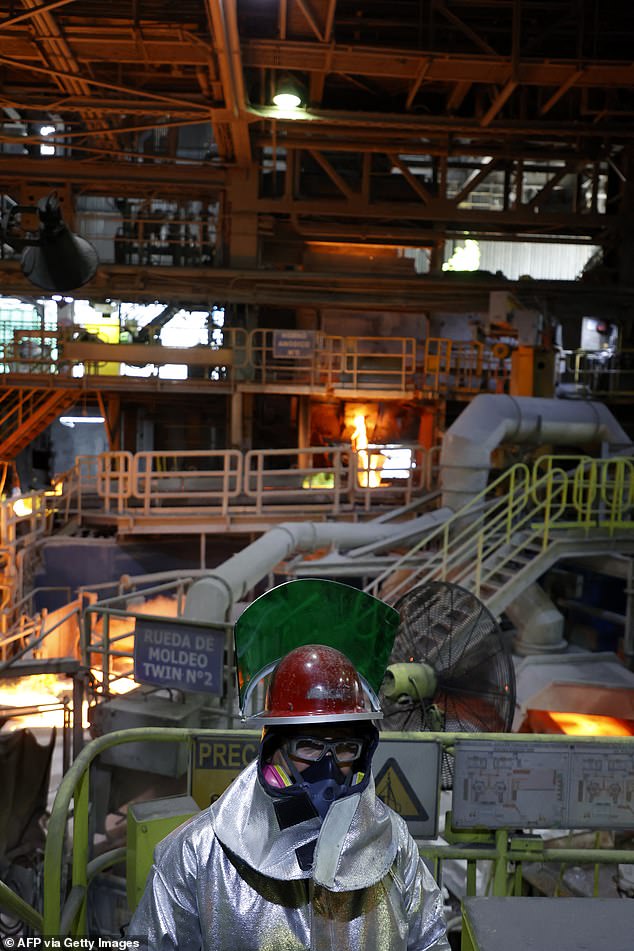
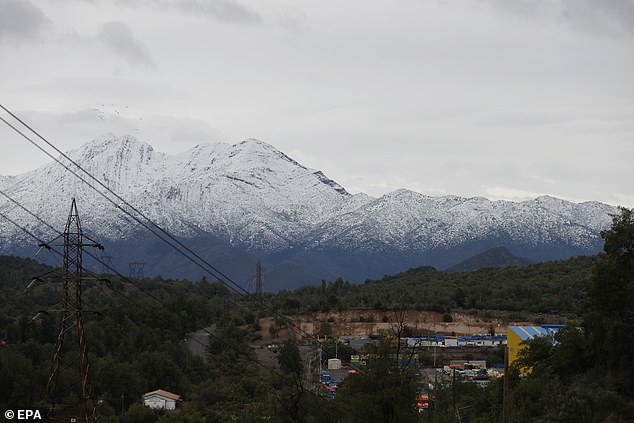
It also lies in the seismically active ‘Ring of Fire’ that surrounds the shores of the Pacific Ocean.
But in August 2010, a section of Chile’s San Jose Mine collapsed, trapping 33 miners 2,300ft below the Atacama Desert.
Seventeen days later, the rescue team discovered that the miners had survived the initial accident but were struggling to survive with very little food or potable water.
The Chilean government requested technical advice from NASA and a team of experts traveled to the mine site and were on the scene from August 30 through September 5, 2010.
The 33 miners were miraculously brought back to the surface sixty-nine days after the collapse, alive and surprisingly healthy after their ordeal.


